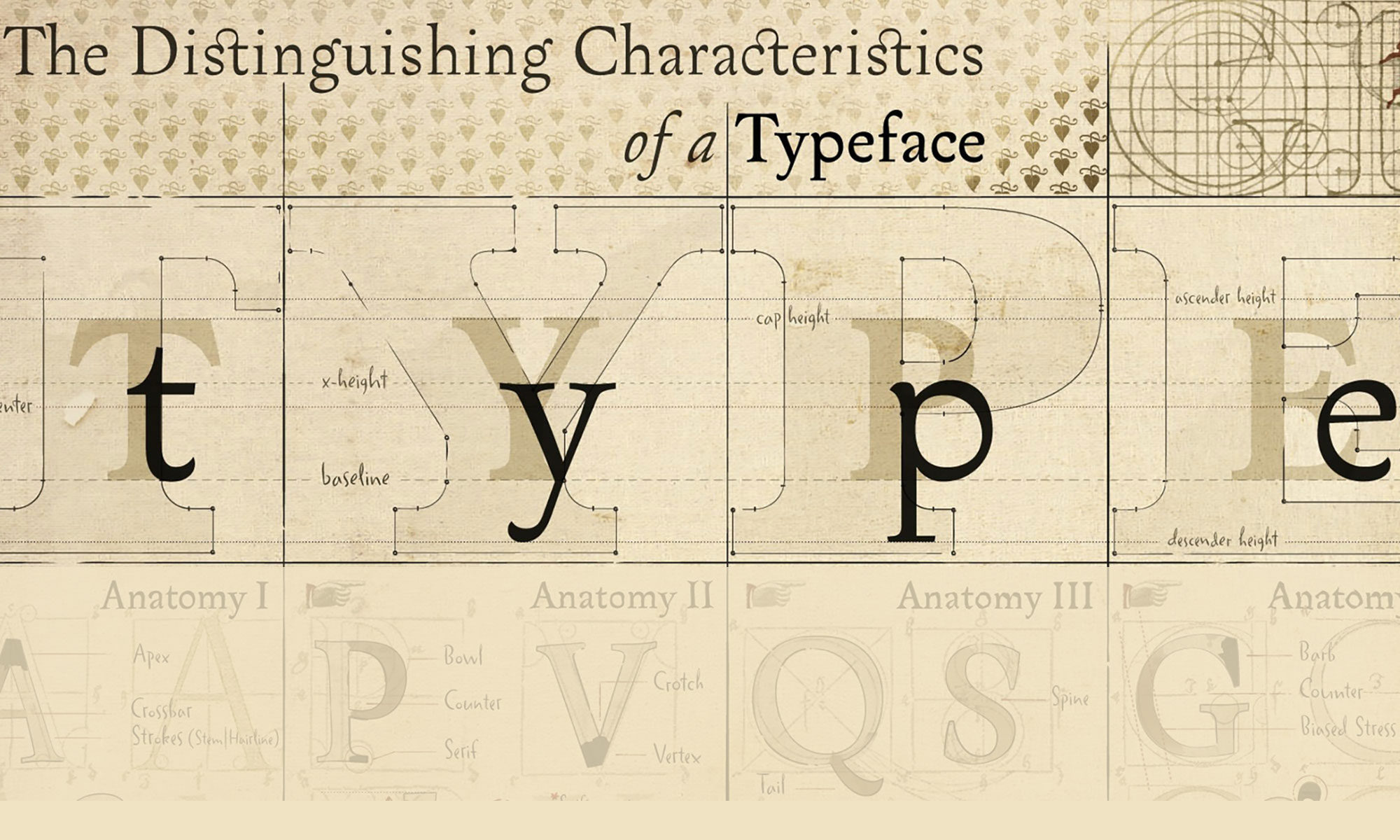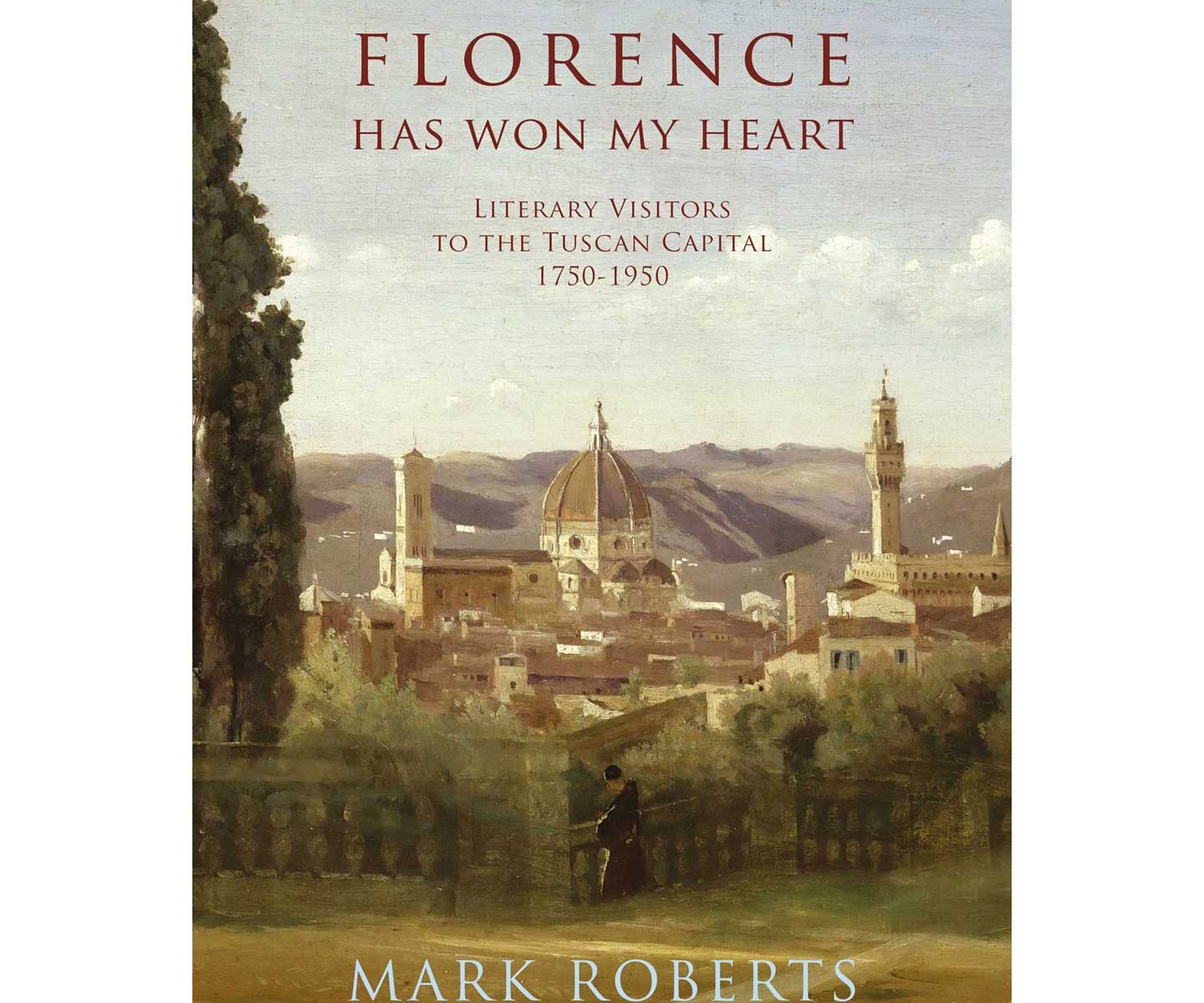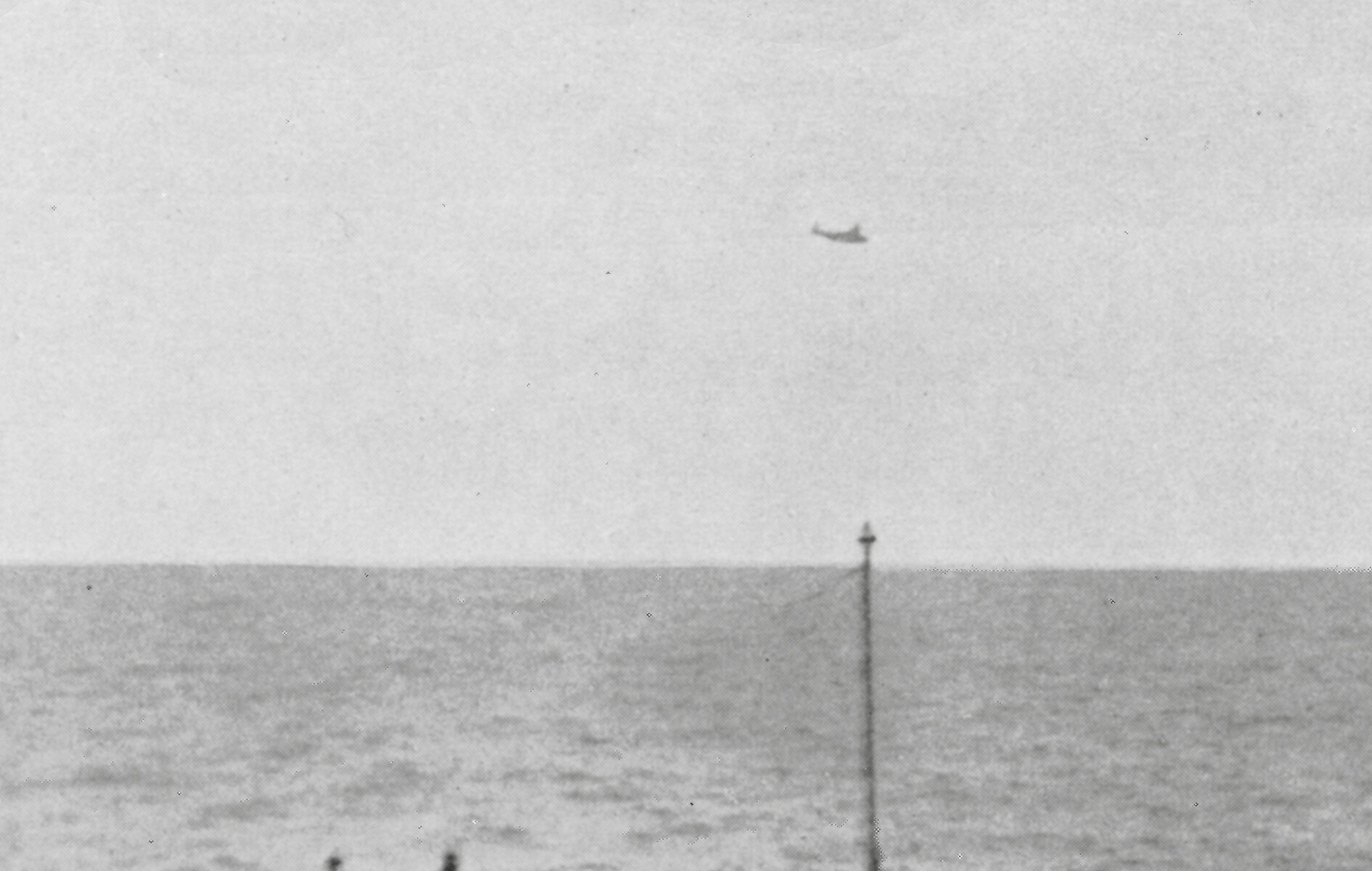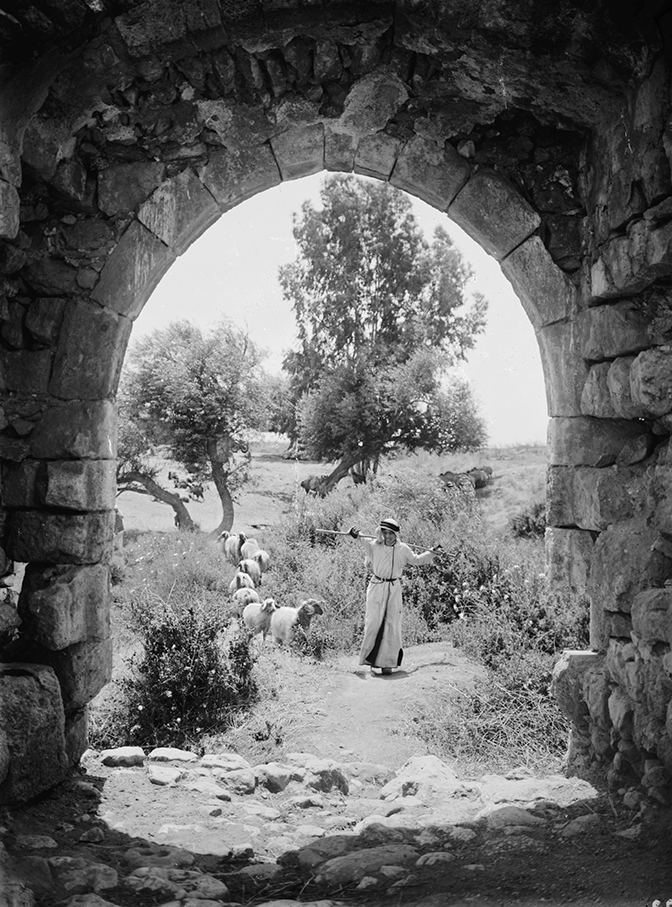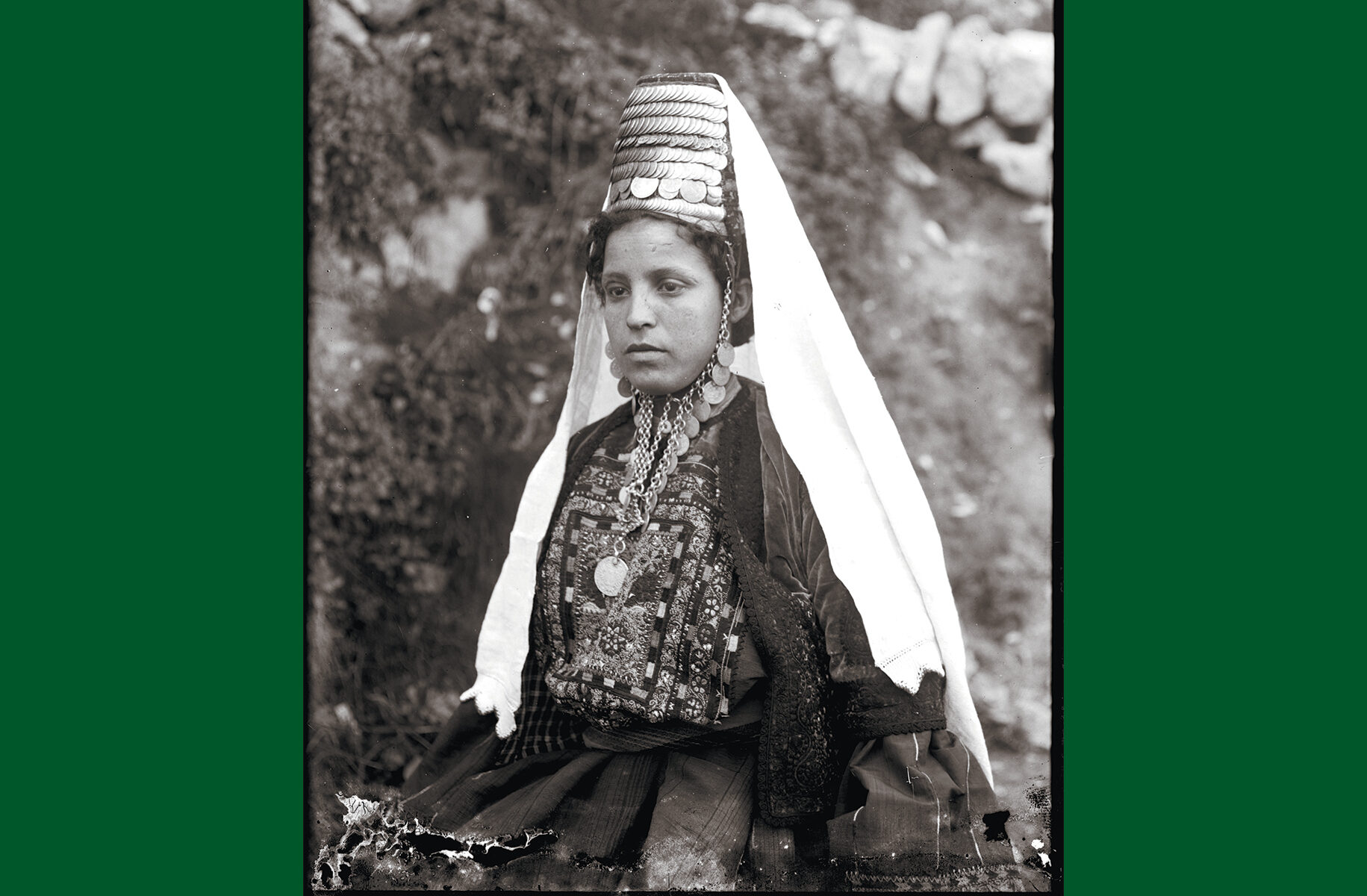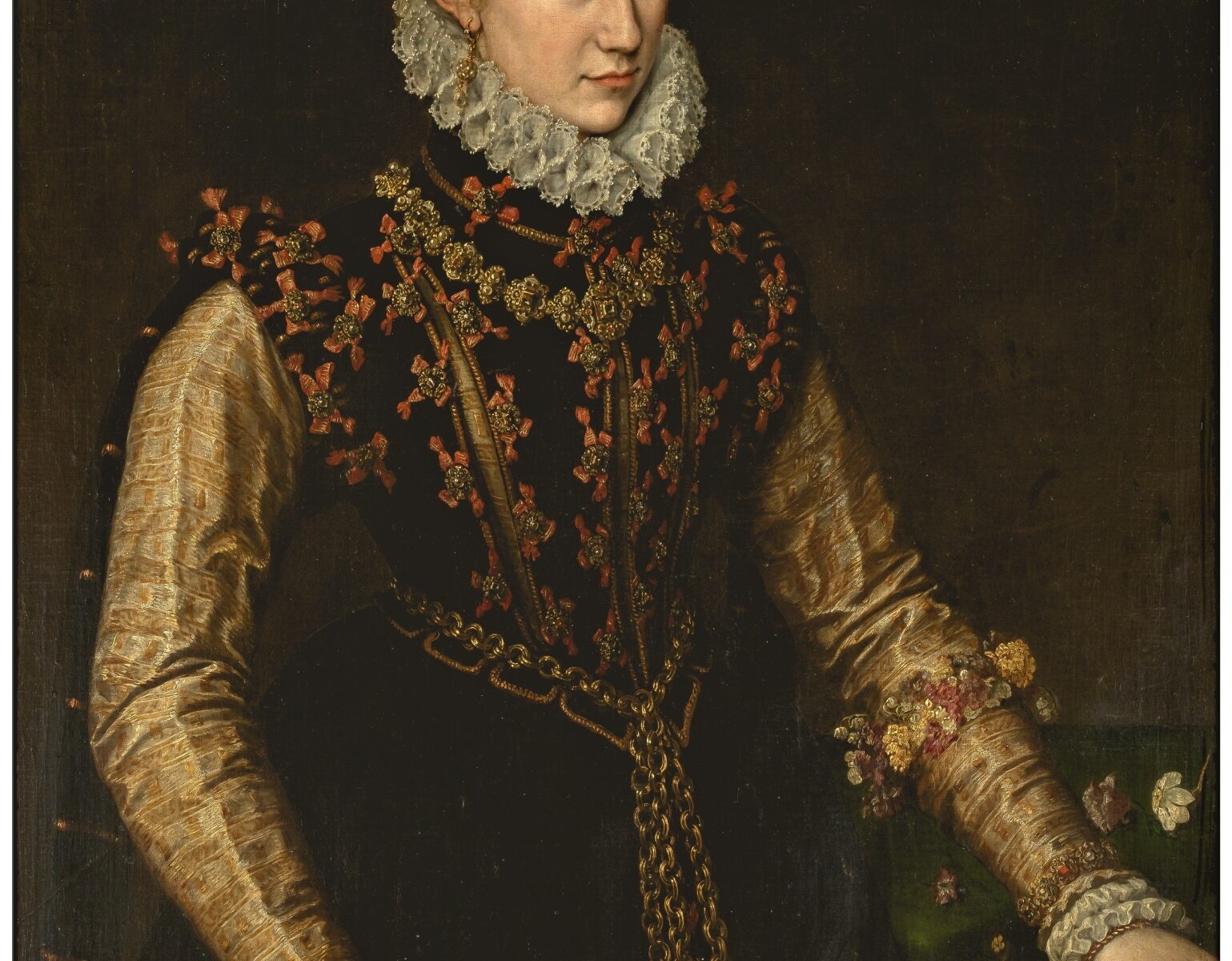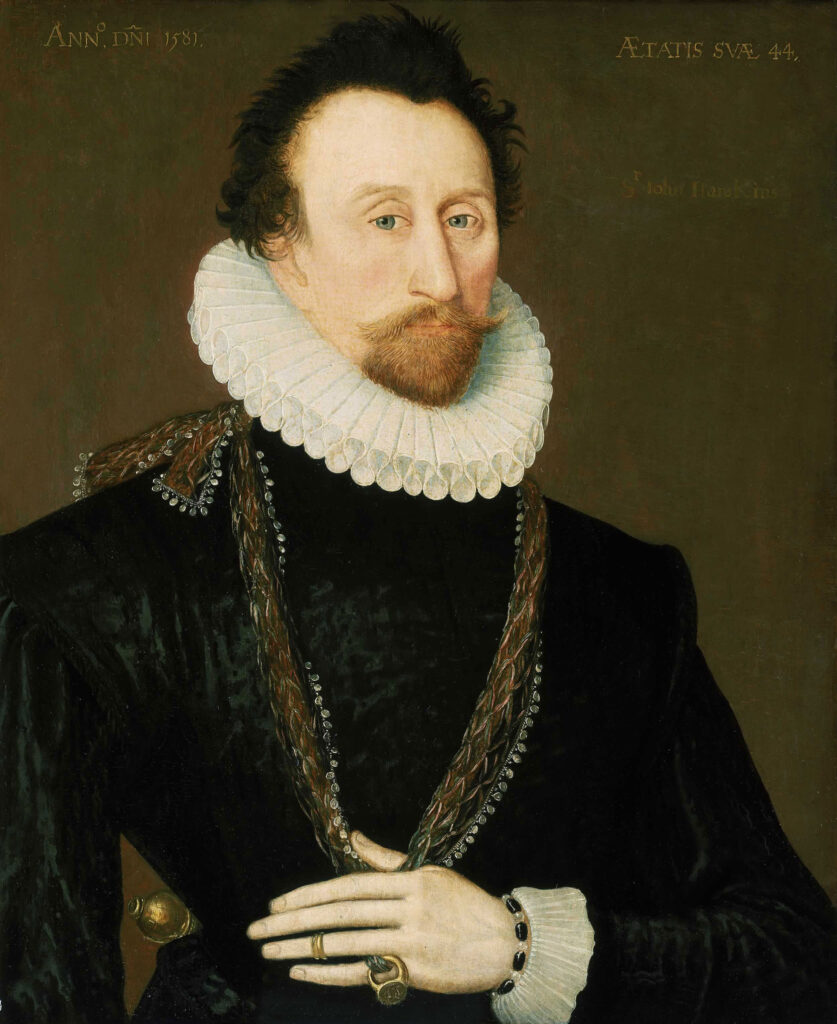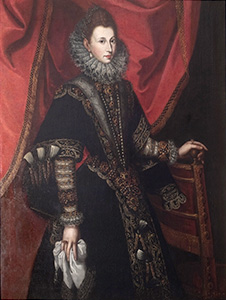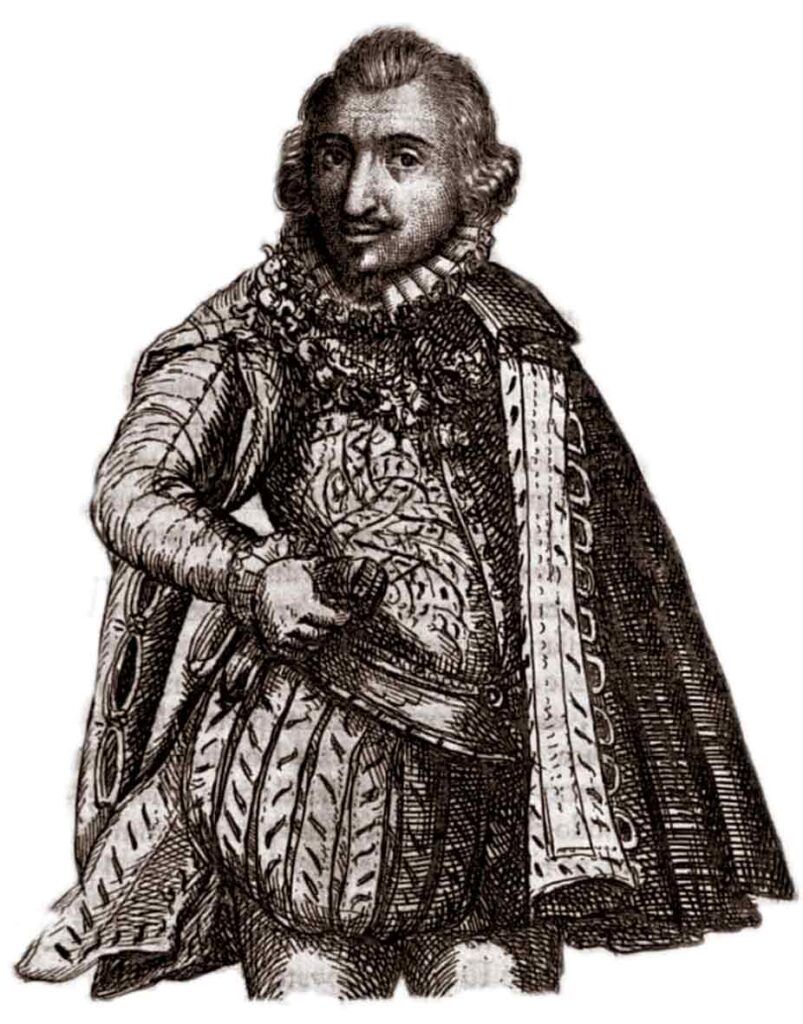By Mark Roberts
Review in Country Life, July 17 2024, by Jonathan Self
In September 2014, we advised the younger children’s schools that I had been posted to Florence for three months (a black lie), engaged a tutor and rented a flat in via della Condotta. Eventually, we moved there for two whole years, establishing ourselves in a sun-drenched apartment overlooking the Chiesa di Santa Felicita.
In four cumulative years of living in the city, we left but once (to make a day trip to Siena) because there was still so much we hadn’t seen. We possess dozens of books on everything from Florentine cooking to Florentine history. Actually, I doubt there is a larger collection of Florentine-themed books in all of Munster. Yet, and I don’t make this statement lightly, none has given me as much pleasure or taught me as much about the place as this book.
The rather dry subtitle—Literary Visitors to the Tuscan Capital, 1750–1950—only hints at its subject matter. The book, obviously the result of much painstaking research, charts what 100 famous English-speaking writers thought of Florence and its influences, with the help of letters, diary entries, book extracts, poems and other sources.
It is packed with fascinating snippets. When the diplomat Horace Mann, the cynosure of 18th-century Grand Tourists, first travelled to Florence, he expected to die on the journey and brought along his own coffin. Although E. M. Forster’s novel A Room with a View defined the city for many English readers, he hardly spent any time there. Yards from our own apartment, Seymour Kirkup, a 19th-century dilettante, lay on Shelley’s sofa (which he had bought at great expense) hoping to be visited by the poet’s ghost. Which brings me to another wonderful aspect: it contains details of places of which I had never heard. How did I miss the Horne Museum, for instance, or the Circolo dell’ Unione, a gentleman’s club to which, it transpires, I have reciprocal membership rights?
This may be a serious book, but it is full of gossip. To offer a single example: in the 1870s, the novelist Ouida fell in love with the Marchese della Stufa, cavaliere servente to the married non-fiction writer Janet Ross (née Duff-Gordon), who had no intention of giving him up. Frustrated, Ouida wrote a frothy three-volume novel about a ghastly, blackmailing woman who was clearly based on Ross. Outraged by this, Ross attacked Ouida with a whip in via Tornabuoni and placed an unbound copy of the book in her downstairs lavatory for the use of guests.
Literary visitors to the Tuscan capital have provided Mark Roberts with a rich vein of material, which he has mined brilliantly well. I am willing to bet this will win your heart, too.
Jonathan Self
